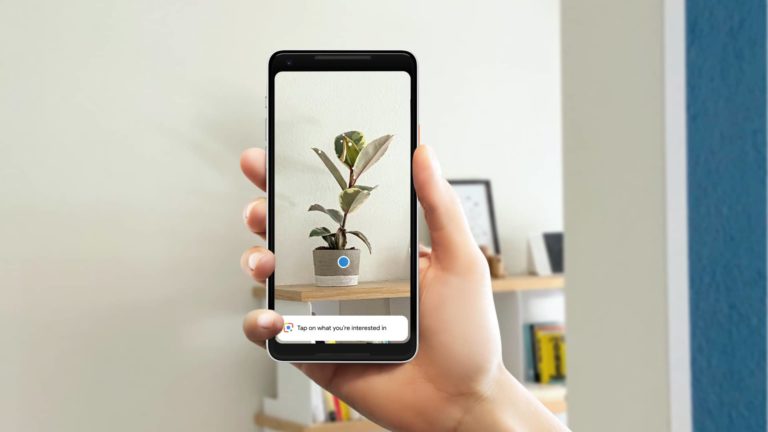
As we enter a new year, it’s time for our annual ritual of synthesizing the lessons from the past twelve months and formulating the outlook for the next twelve. This has been an action-packed year for AR & VR as the world slowly emerges from the grips of a pandemic.
Moreover, 2021 was marked by the emergence of metaverse mania. Though it has legitimate principles and promise, the term has been ambiguated through overuse. It’s also been overhyped in terms of the timing of its arrival. A fully-actualized metaverse is decades away.
Beyond the metaverse, AR and VR continue to be defined by steady progress in several areas. We’re talking mobile AR engagement & monetization; AR marketing and commerce; continued R&D in AR glasses; enterprise adoption; and the gradual march of consumer VR.
So where is spatial computing now, and where is it headed? What’s the trajectory of each of the above subsegments? This was the topic of the latest ARtillery report, Spatial Computing: 2021 Lessons; 2022 Outlook. It looks back and looks forward, including concrete predictions.
Search What You See
After unpacking our prediction about 2022 AR ad revenue gains last week, we switch gears to drill down on a separate prediction: visual search’s rise. Specifically, it will emerge as a leading AR use case. Its value is driven by its utility, which is a strong attribute for killer apps.
Before jumping into those drivers and dynamics, what is visual search? This is when users hold up their phones and point their cameras at a given real-world object. The idea is to identify, contextualize or even buy the same or similar items. It’s an AR shopping format we’re bullish on.
Though visual search is less prevalent than AR shopping’s other main format – product visualization (a.k.a., “try-before-you-buy”) – it has greater potential due to its high-intent orientation. Visual searches happen when consumers want to actively identify an item visually.
This makes visual search a natural evolutionary step from web search. Indeed, one of the things that’s made web search so lucrative for Google and others is the same “high-intent” orientation where consumers explicitly indicate a specific need. That makes contextual advertising natural.
Camera Forward
Visual search takes the above principles into the next generation of camera-based experiences and visual media. This won’t replace web search, of course, but it will supplement it with an alternative visual input. This will resonate among camera-forward millennials and Gen-Z.
In fact, these are reasons that Google is so keen on visual search. Along with voice search, it sees it as a way to boost search query volume by letting people search from more places and modalities. It’s also a play to future-proof its core search business by leaning into emerging tech.
And these efforts are already bearing fruit considering that Google’s flagship visual search tool, Google Lens, now recognizes 15 billion products and is used 3 billion times per month. This still pales in comparison to web and mobile search volume, but it’s a strong start.
And Google isn’t alone. Apple is working on visual navigation in Apple Maps, while Pinterest is pushing its Lens product that lets user identify items with their camera. And Snap Scan has a similar use case to scan style items in the physical world for shopping and “outfit inspiration.”
Path to $2 Billion
Back to visual search’s 2022 fate, killer apps tend to follow a progression from fun & games to utilities (except those that originate in the enterprise). For example, the web’s killer apps have matured into mundane but pervasive activities like search, email, news and shopping.
To that end, AR will scale when it finds the right broadly-applicable utility. And we believe that starts with visual search. Contextualizing real-world objects through a smartphone camera has real utility and range – everything from education to fashion to in-aisle retail interactions.
It also appeals to camera-native Gen-Z, which continues to gain spending power. And it’s aligned with intent-driven monetization (just like web search, as noted). So Google, Pinterest, and Snap will continue to invest heavily in their respective visual search products.
All of that said, it’s also important to acknowledge that these players will need more user traction around their visual search products before monetizing it. But in 2022, we predict that visual search will gain ground on its path to $1.9 billion in projected revenue (paid placement) by 2025.






